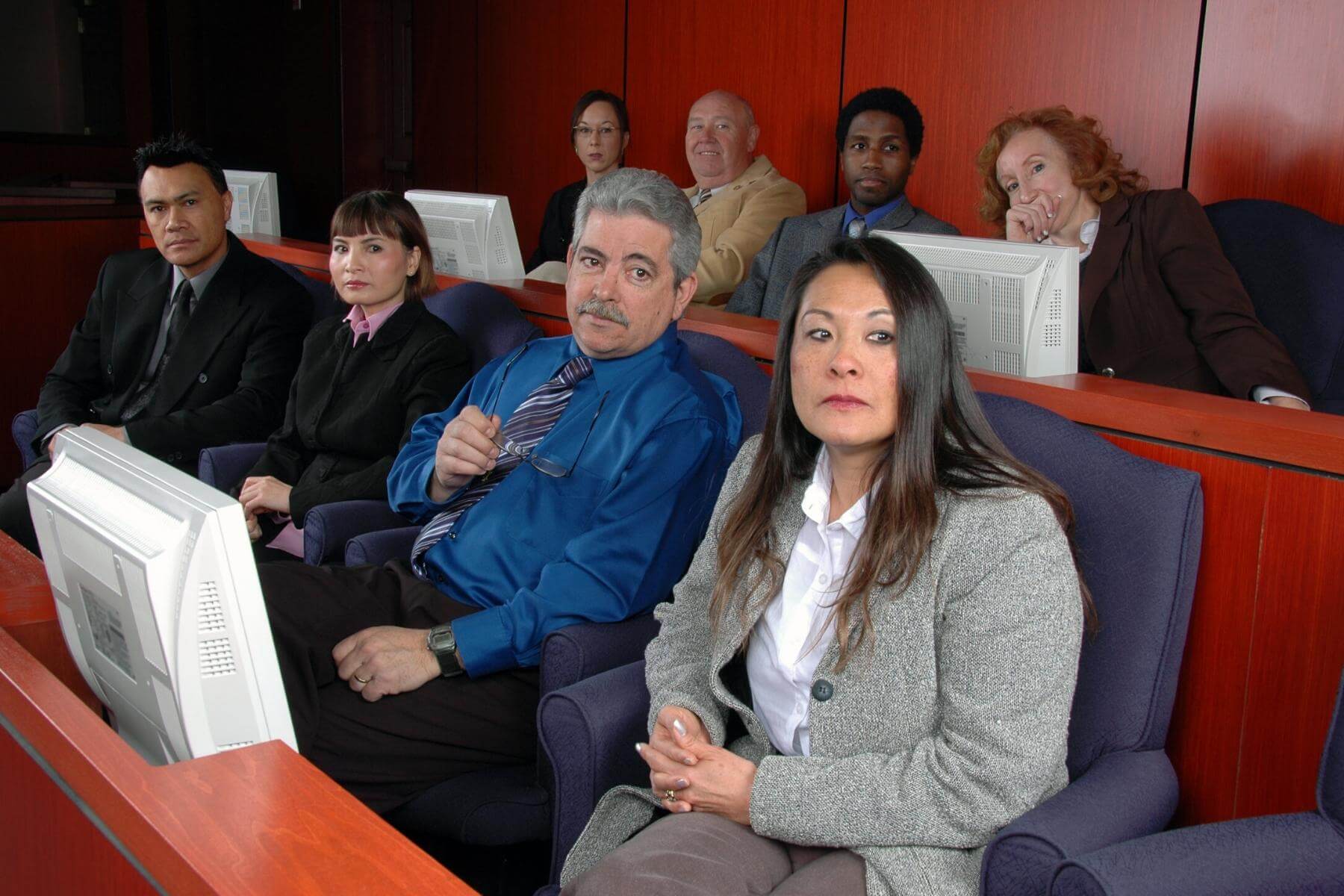Ensure clarity and impact with expertly designed trial presentations that simplify complex cases.
Ensure clarity and impact with expertly designed trial presentations that simplify complex cases.
Blog Article
How Trial Presentations Enhance Your Argument and Persuade Jurors
Trial presentations act as a critical system for enhancing lawful arguments and convincing jurors. By integrating visual aids, narrative structures, and emotional engagement, lawyers can create a compelling case that reverberates on numerous degrees. The critical usage of visuals not just clarifies complex information but also records jurors' focus better than words alone. The art of storytelling plays an equally critical duty in changing accurate evidence right into an engaging narrative, forming jurors' assumptions. Comprehending these elements can significantly impact test results, raising the inquiry of just how each element contributes to this detailed dynamic.

Significance of Visual Help
Aesthetic help play an important function in enhancing the effectiveness of test presentations, as they can considerably enhance audience involvement and retention of info. In the context of a trial, where jurors are tasked with handling complicated information, visual help serve to streamline and make clear essential factors. Graphes, graphs, and images can communicate data and principles that may or else bewilder or confuse jurors, enabling a much more straightforward understanding of the proof provided.
Additionally, aesthetic aids help in maintaining juror interest throughout the procedures. By damaging the dullness of spoken statement, these tools can stress crucial debates, making them much more remarkable. Efficient visual help can also evoke psychological reactions, which can be pivotal in encouraging jurors to align with the speaker's story.

Crafting Engaging Narratives
An engaging narrative is necessary in trial discussions, as it serves as the foundation of effective persuasion. It permits attorneys to weave with each other facts, proof, and emotional components into a systematic story that reverberates with jurors. This narrative structure allows jurors to recognize the complexities of the instance while guiding them through the lawyer's argument.
To craft an engaging story, attorneys need to focus on clarity and comprehensibility. This entails establishing a clear protagonist-- usually the client-- and outlining their journey with the occasions in question. Presenting the truths in a rational series boosts comprehension and maintains interaction. Furthermore, using dazzling descriptions can create mental photos that help jurors picture the events, making the narrative more unforgettable.
Moreover, integrating key styles throughout the discussion strengthens the core message and help in retention - trial presentations. The story ought to not only convey details but additionally stimulate a sense of justice, highlighting the risks entailed. Inevitably, a sound narrative fosters a connection in between the jurors and the instance, placing the attorney's argument as both credible and engaging, therefore boosting the probability of a positive decision

Involving the Jury Emotionally
Reliable jury involvement hinges on the attorney's capacity to connect with jurors on a psychological Discover More Here degree. This connection can significantly affect jurors' perceptions and their utmost decision-making.
Aesthetic straight from the source aids, such as pictures or videos, can additionally enhance emotional involvement, providing jurors with brilliant depictions of the case's human aspects. Crafting a narrative that highlights the struggles and triumphs of the individuals included guarantees that jurors see past the lawful arguments and acknowledge the human effects of their decisions.
An attorney's passionate distribution can reverberate with jurors, reinforcing their emotional financial investment in the instance. It's essential to balance psychological allures with valid proof, guaranteeing that jurors feel compelled to act while continuing to be based in the fact.
Structuring Your Presentation

The body of the discussion ought to be realistically fractional right into bottom lines, each sustained by link compelling proof. It is valuable to utilize storytelling strategies to weave truths into a story that jurors can easily adhere to. Aesthetic aids, such as graphes and videos, can boost comprehension and engagement, aiding to highlight important pieces of proof.
Real-World Situation Researches
Checking out real-world study supplies indispensable insights into the art of test presentations and persuasion. As an example, the site case of "O.J. Simpson v. Individuals of California" highlights how aesthetic aids and engaging narratives can guide jury assumptions. The defense team effectively used a technique that incorporated prominent expert statements with multimedia discussions, which captivated jurors and inevitably influenced their decision.
Another significant instance is the "McDonald's Coffee Instance," where the complainant's attorneys used graphic pictures of the injuries received by Stella Liebeck. trial presentations. This stark visual evidence played a vital duty in conveying the severity of her burns, resulting in a substantial court honor. Such instances show that impactful test discussions often hinge on the effective integration of visuals and storytelling to evoke emotional responses from jurors
Additionally, the "Casey Anthony Trial" highlighted the significance of narrative coherence and reputation. The prosecution's failing to develop an engaging timeline lessened their influential power, emphasizing the necessity of a well-structured presentation. Analyzing these instances discloses that effective test discussions require tactical planning, psychological involvement, and the capacity to resonate with jurors' values and ideas.
Verdict
Trial discussions substantially improve debates and encourage jurors with the strategic usage of aesthetic help, compelling narratives, and psychological involvement. A well-structured discussion balances emotional allures with factual proof, ultimately resonating with jurors' values.
Report this page